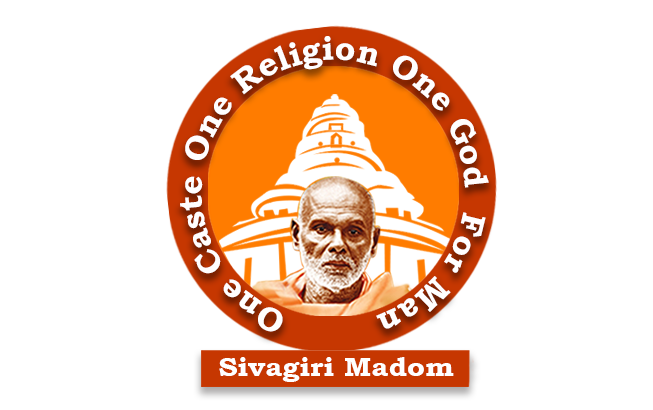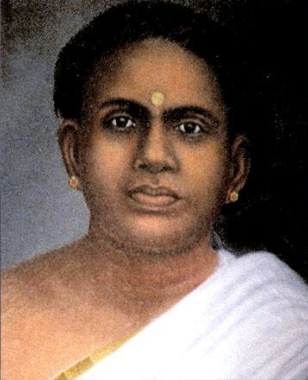



Padmanabhan was born in his mother's ancestral home named Kaavil near Panayannaarkavu, close to the town of Mannar in Central Travancore in 1869 (Malayalam year Kumbhom 27, 1044). His father was Mooloor Sankaran Vaidyar and mother was Veluthakunj Amma. Both his parents were from well educated, prosperous and respected Ezhava families. Kaavil was a family of traditional ayurvedic physicians, and the Mooloor family was well known for its Kalari (martial art), natural treatments, Sanskrit, philosophy, and spirituality. Mooloor's poetic masterpiece, Kirathom, was what brought him accolades from different quarters in his teens. His literary masterpiece, Kavi-Ramayanam, which he wrote at the age of 25, is deemed to be the motivational force behind the 1936 Temple Entry Proclamation, which abolished the ban on backward caste people entering Hindu temples in the state of Travancore.
Padmanābhan initially studied Sanskrit, Ayurveda, kalari etc. from his father Muloor Sankaran Vaidyar. He started writing poems right from his childhood. He is a man of letters who dedicated his life not only for the literary work but also for his community (Ezhava) and the state (Kerala) as a whole. He was a member in the Sree Moolam Praja Sabha from 1914 onwards. He was an excellent orator as well. His major works include: "Nalacharitham", "Krishnarjuna Vijayam", "Kiratham" ("Ammanappattukal"), "Asannamarana Chintha Sathakom" (a poem that won a Bhashaposhini award), "Krishanrjuna Vijayam", "Kuchelavrutham" (Katha Kali literature), "Kokila Sandesam", "Avasarokthimala", "Theendal Gadha", "Moonnu Tharattukal", "Kavithaniroopanam", "Balabodhanam", "Neethisara Samuchyam", "Pooppadappattu", "Kalahamsam" (poems), "Sanmarga Chandrika", "Dharmapadam" (translations), and "Subhadraharanam" (drama).
Mezhuveli Anandabhootheshawara Temple is situated at the heart of Mezhuveli. This temple was built by Mooloor S. Padmanābha Panicker. The prathishta and pooja was performed by Sree Narayana Guru. This century-old temple was built on a place called ‘Tholekavu’, which was surrounded by a small hill called ‘Meenchirakkal Hill’ on the southern side, ‘Ambottimodi’ (also called ‘Kailasam’) on the east, a beautiful stream flowing on the western side near 'Pottanmala’ and on the north side ‘Padmanabhan Kunnu’, a small hill. Tholekavu was a small forest, which is believed to be a part of the Pandalam Kingdom.